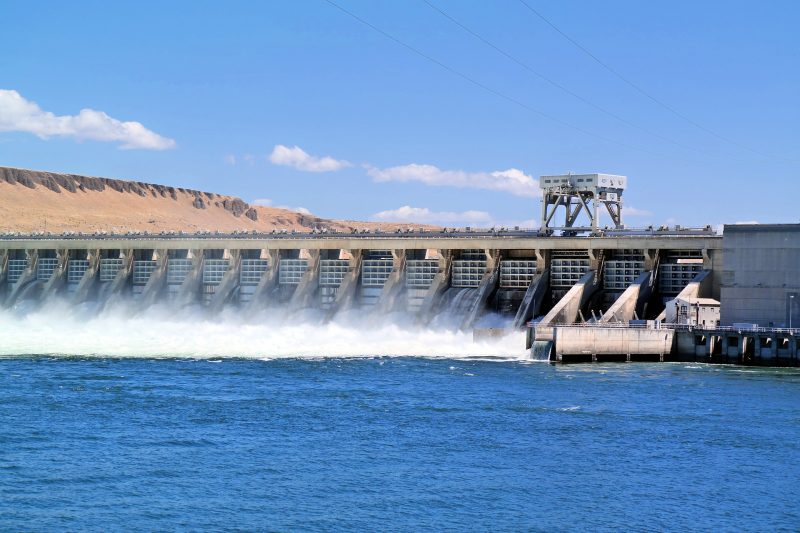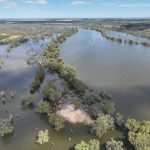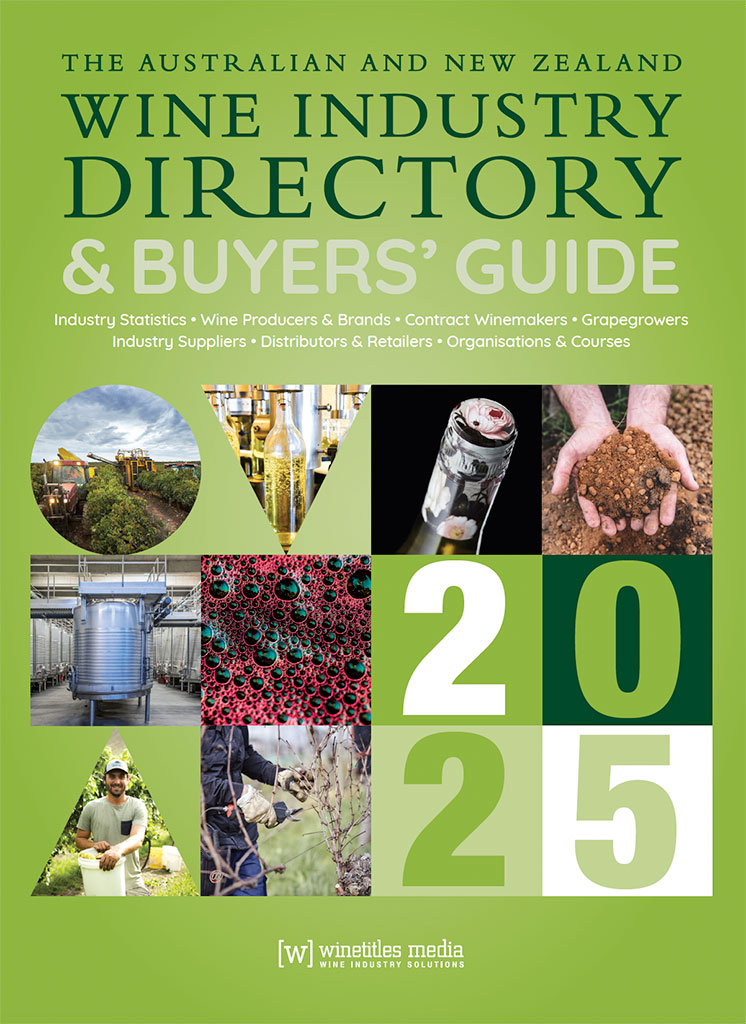A reduction in national rainfall levels in 2017-18 drove a nine percent increase in the use of distributed water compared to the previous year, according to data released today by the Australian Bureau of Statistics (ABS).
Director of the ABS Centre for Environment and Satellite Accounts, Jonathon Khoo, said data from the latest edition of the annual Water Account, Australia showed an increased reliance on distributed water.
“Unsurprisingly, rainfall is an important factor in how water is used throughout the economy. In 2017-18 as rainfall decreased, Australia used 11,782 GL of distributed water, a 9% increase year on year,” he said.
“Agriculture was the largest contributor to this increase, using an additional 661 GL in 2017-18, up 10%.”
Reduced rainfall also affected dam storage levels. Khoo highlighted the impact dam levels have on self-extracted water use by the electricity and gas supply industry, driven by hydroelectricity generation.
“In 2017-18 a reduction in available dam storages coincided with a 9% decrease of self-extracted water use by the Electricity and Gas Supply industry. As dam water acts as the fuel source for hydroelectricity generation this is an expected interaction.”
Distributed water use by households increased in 2017-18 by 4%. The reduction in rainfall led to an increase in demand of water needed for household activities.
Are you a Daily Wine News subscriber? If not, click here to join our mailing list. It’s free!





















